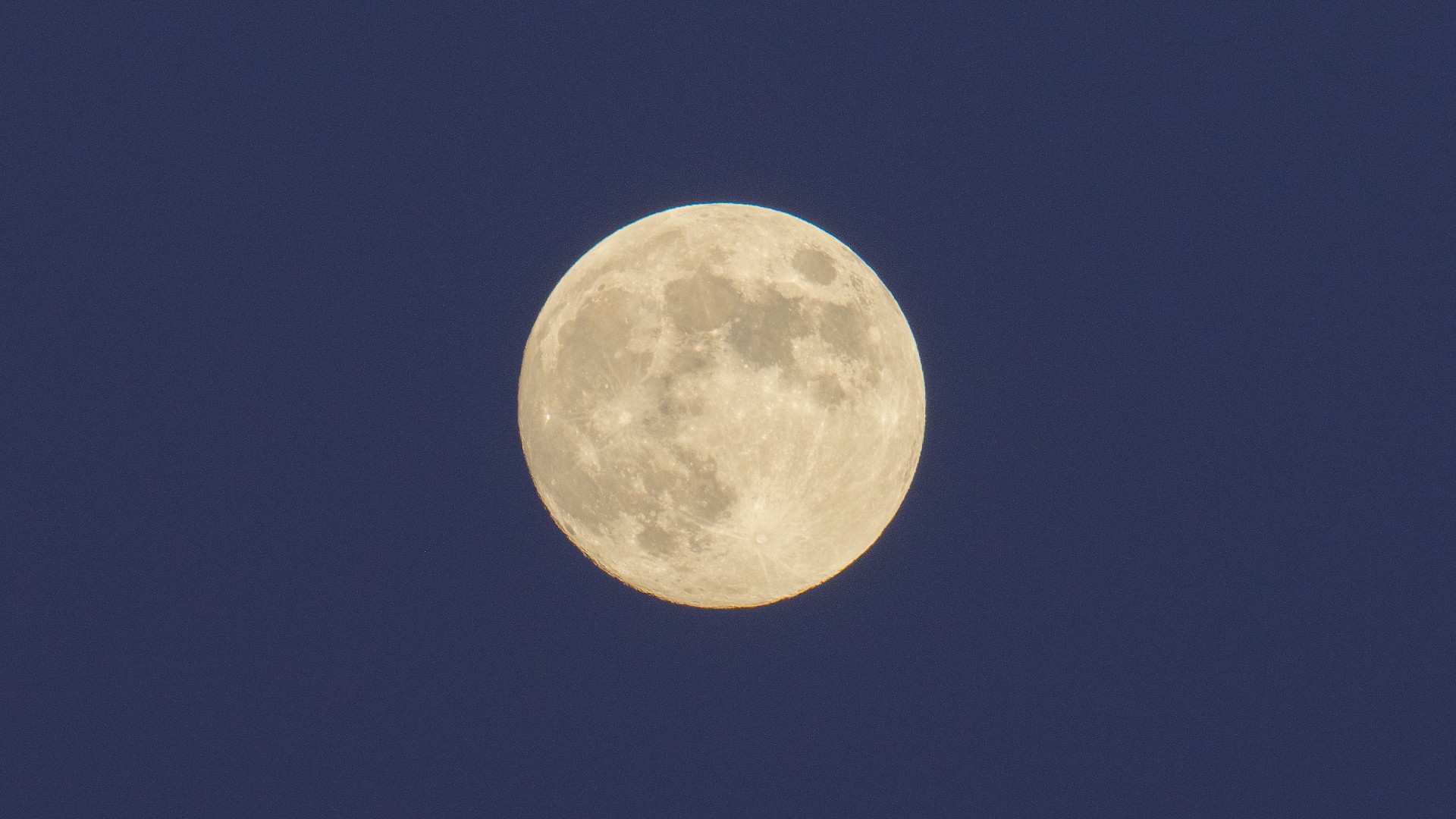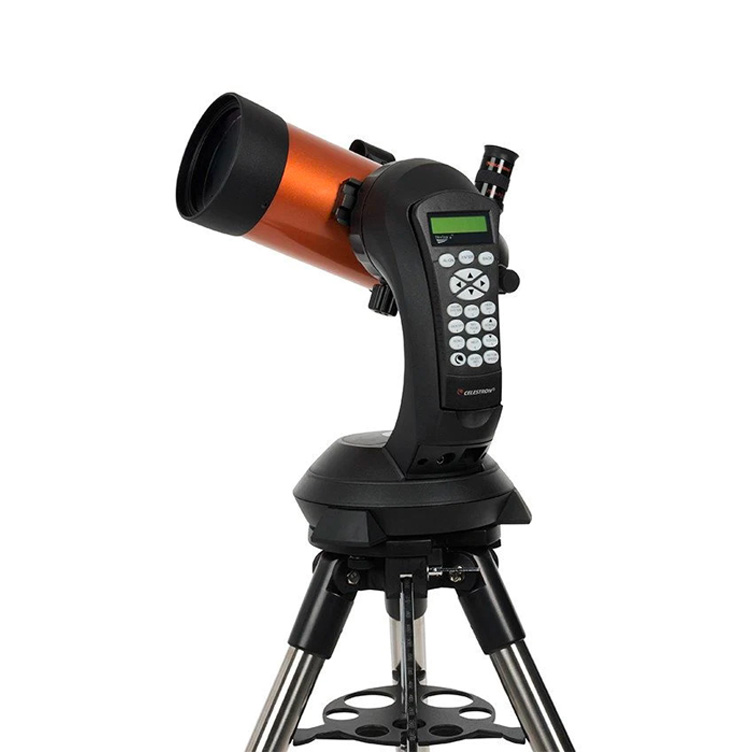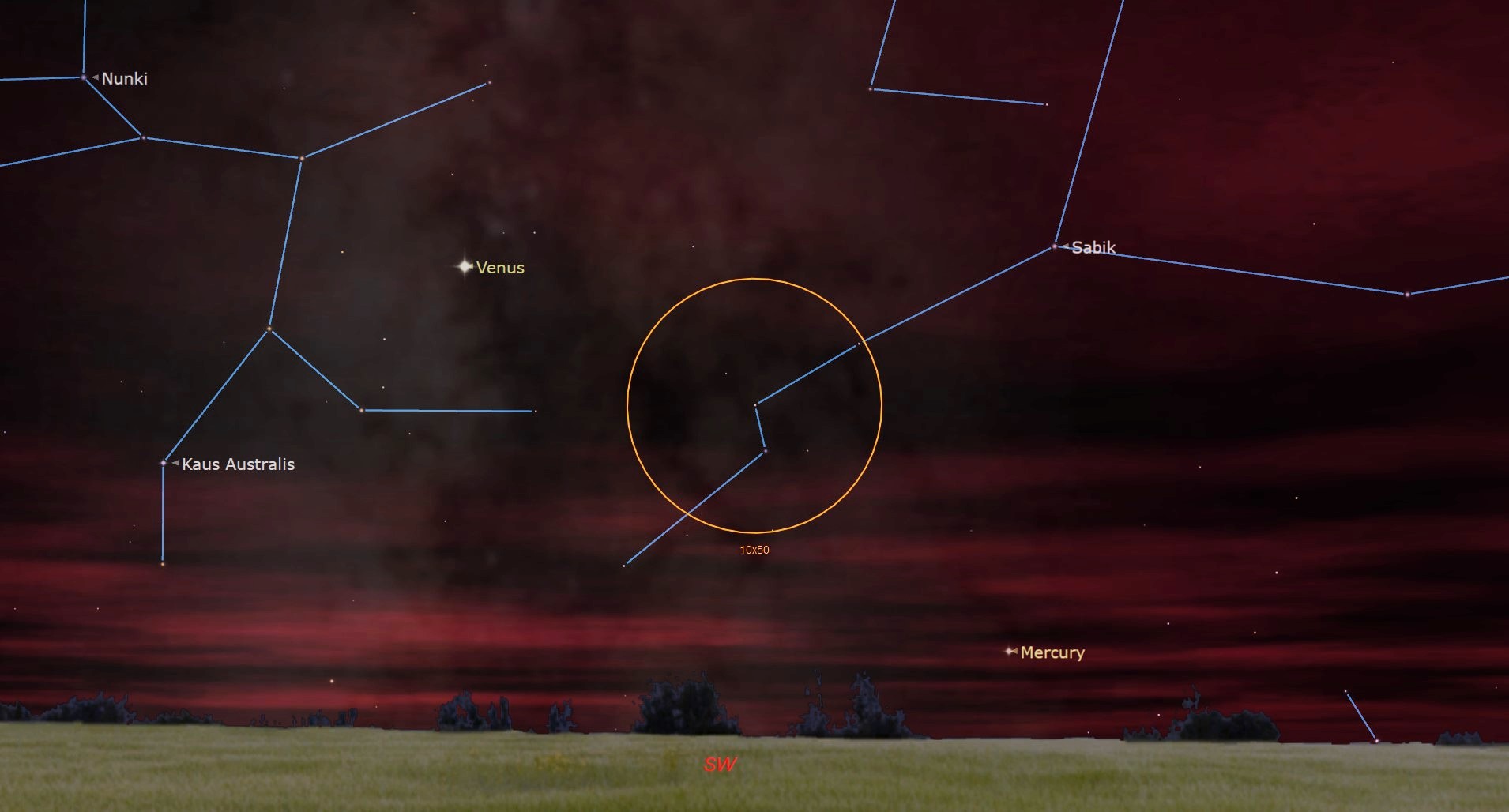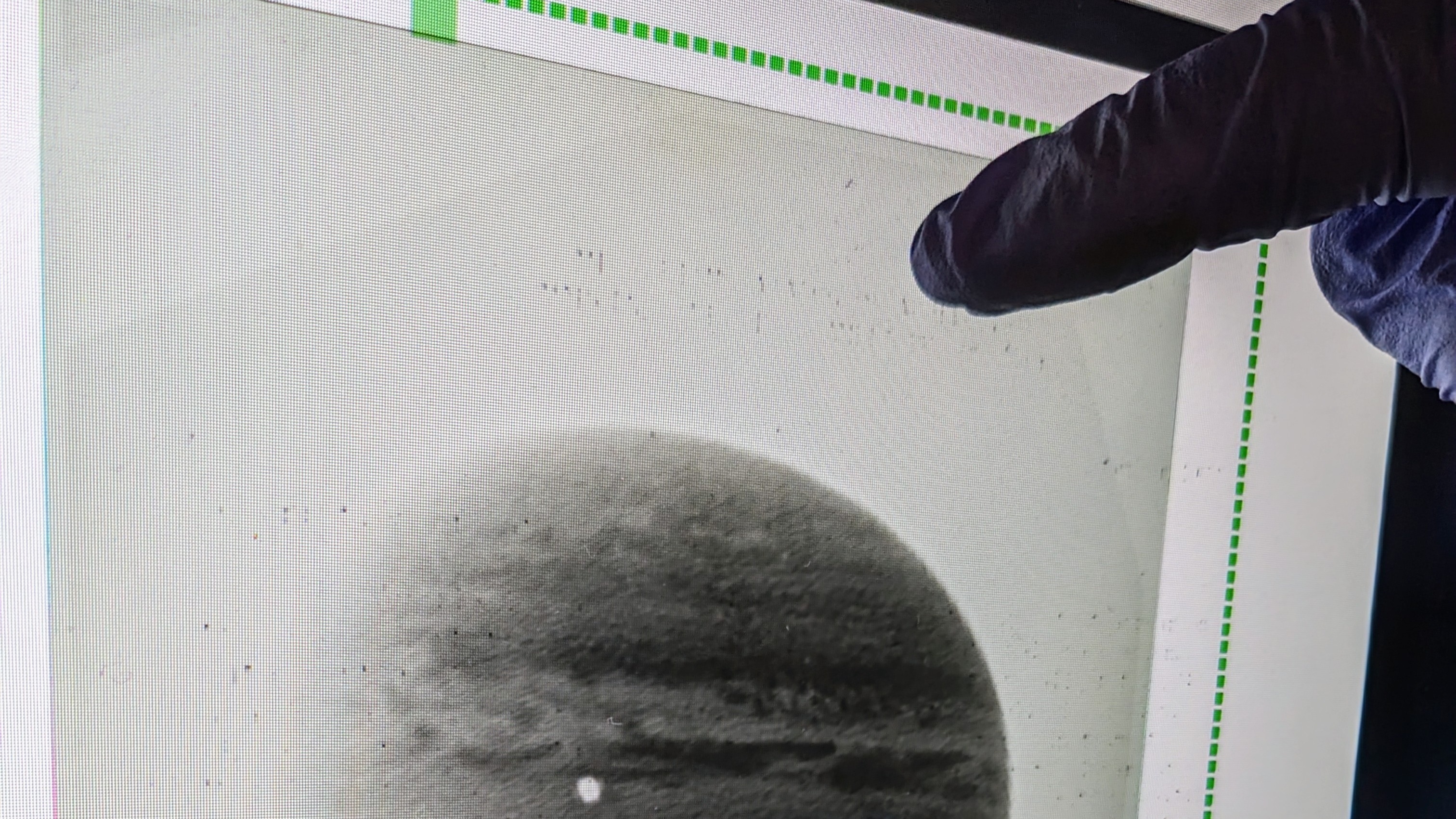The last of four consecutive supermoons in 2024 rises this week.
November’s Full Beaver Moon will rise on Friday (Nov. 15), just in time for those willing to stay up late for some weekend skywatching. The moment of full moon occurs at 4:28 p.m. EST (2128 GMT) on Friday, but the moon will appear full for most observers for a day or two prior to the moment of exact fullness.
November’s full moon joins another celestrial treat: the lovely Pleiades star cluster, located just beside the moon in the Taurus constellation. This dense cluster of stars, also known as the “Seven Sisters,” is one of the most popular sights of the night sky. Just note that the brightness of the full moon will make viewing most of the stars of this cluster difficult.
TOP TELESCOPE PICK:
Want to see full moons and other awesome stuff in the night sky? The Celestron NexStar 4SE is ideal for beginners and provides crisp, clear views of a wide range of objects. For a more in-depth look at our Celestron NexStar 4SE review.
The full moon will be in the Taurus constellation, shining just beneath the curved horns of Aries, the Ram. Some four hours after sunset, the Hunter of the Orion constellation will follow the moon up the eastern sky.
Related: What is the moon phase today? Lunar phases 2024
Four visible planets will join the Full Beaver Moon in the night sky on Nov. 15. First up is Mercury, which will appear low in the sky to the southwest. Mercury sets early, though, dipping below the horizon just over an hour after the sun sets.
If you’ve never observed a distant object in the direction of the setting sun, it might be best leaving this one to more experienced skywatchers, as pointing any optics in the direction of the sun (or just looking at it with the naked eye) can be dangerous.
Far easier to see will be Venus and Saturn. Venus will likewise be in the southwest, but much higher than Mercury. It will be the brightest object in that direction and will be among the first “stars” out on Friday. It will set some 90 minutes after sunset.
Saturn will be high in the southern sky when the moon rises and will remain there, shining with a pale yellow glow, until it sets in the west well after midnight local time.
Next up is Jupiter, which will rise in the east some two hours after the moon. It will remain in the sky throughout the night, setting just after the moon in the west well after sunrise on Saturday (Nov. 16).
Mars is a latecomer to the full moon party, rising just before midnight in the east.
If you want to take your own photos of the full moon, our guide on how to photograph the moon can help you make the most of the Full Beaver Moon.
And if you need the right gear, our best cameras for astrophotography and best lenses for astrophotography have recommendations to make sure you’re ready for the next skywatching target.
Want to see more awesome sights in the night sky? Be sure not to miss our guide to the night sky for tonight, updated daily with what you need to know for watching the skies.







